Our research seeks to understand the role of UV in the recruitment of early life history stages (eggs and larvae) of fish species. To characterize the UV tolerance of these fish and determine whether they can detect and avoid UV, we employ several experimental techniques. A laboratory lamp phototron exposes early life stages to different levels of UV radiation. Organisms can be exposed to UV-B and UV-A radiation together or separately, enabling us to determine 1) an LE50, the level of UV that causes 50% mortality, and 2) whether or not there is evidence of a light-activated DNA repair mechanism upon exposure to longer wavelengths of light. A solar phototron uses ambient solar conditions to expose organisms to natural UV conditions. Binary choice behavioral chambers provide an opportunity to observe whether organisms can detect and avoid UV conditions by exposing them to different wavelengths or intensities of light.

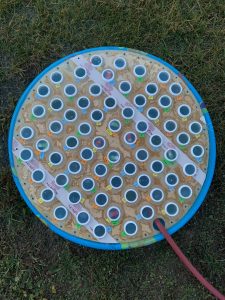
UV IN GREAT LAKES FISHERIES
Lake transparency is increasing in both Lake Michigan and Lake Huron, which can affect fish in many ways, including exposure to UV radiation (Bunnell et al. 2021). As lakes become clearer, organisms are exposed to higher levels of damaging short wavelength UV-B radiation. Tucker et al. 2010 showed that UV can regulate fish populations depending on the relative tolerance of species. Three important fish in the Great Lakes, Alewife (a prey species for salmonids in Lake Michigan), as well as Cisco/Otoonapi and Lake Whitefish/Adikameg (important coregonine fisheries), have experienced population declines in recent years. We seek to understand if UV plays a role in these declines by limiting recruitment of early life stages.
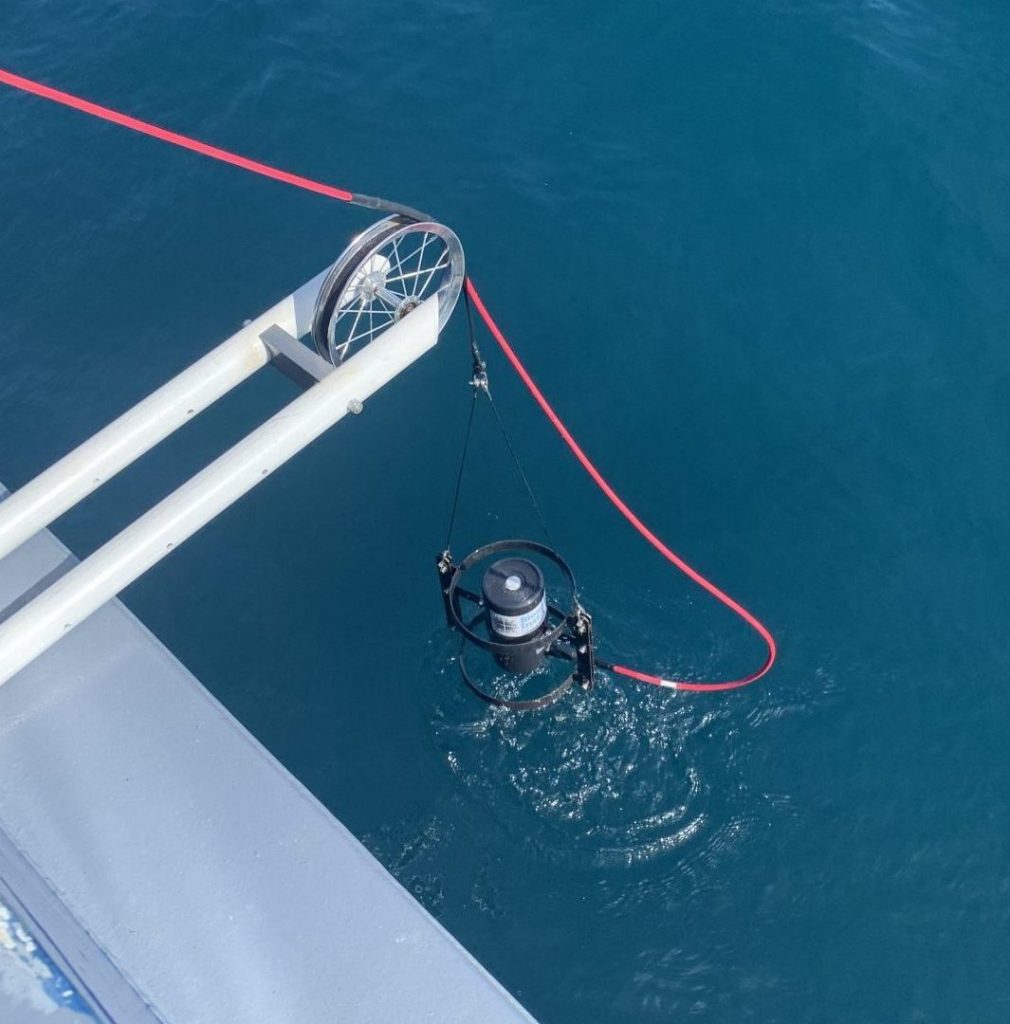
Alewife (Alosa pseudoharengus)
project lead: nikki berry, erin overholt
With funding from the Great Lakes Fisheries Trust and in collaboration with Purdue University and Illinois-Indiana Sea Grant, USGS Great Lakes Science Center, and NOAA Great Lakes Environmental Research Laboratory, PhD student Nikki Berry is conducting experiments to test the UV tolerance of Alewife, as well as using surveys of Alewife larvae and in-lake UV measurements collected with a submersible radiometer (pictured above) to determine if UV could influence Alewife recruitment, either by reducing survival of early life stages, or pushing adults into lower transparency drowned river mouth lakes for spawning. Alewife UV tolerance is being compared to a native coregonine species, Bloater (Coregonus hoyi). This project leverages data from the USEPA’s Cooperative Science and Monitoring Initiative (CSMI) for Lake Huron conducted in 2021.
Cisco/Otoonapi (C. artedi)
Project Lead: nikki berry, erin overholt, elizabeth mette
Restoration of coregonines is a top priority in the Great Lakes as well as for inland lakes in states such as Minnesota and Indiana. Through funding from the Midwest Climate Adaptation Science Center (CASC), we are working to elucidate the role of UV transparency in Cisco (Otoonapi) recruitment. Our team is leveraging data from existing survey programs such as the USEPA’s CSMI as well as historic profiles from Ontario’s Ministry of the Environment to characterize the UV environment of the Great Lakes and compare larval Cisco distribution with UV transparency. By conducting similar experiments with inland Minnesota Cisco populations, we hope to better understand UV tolerance in different populations.
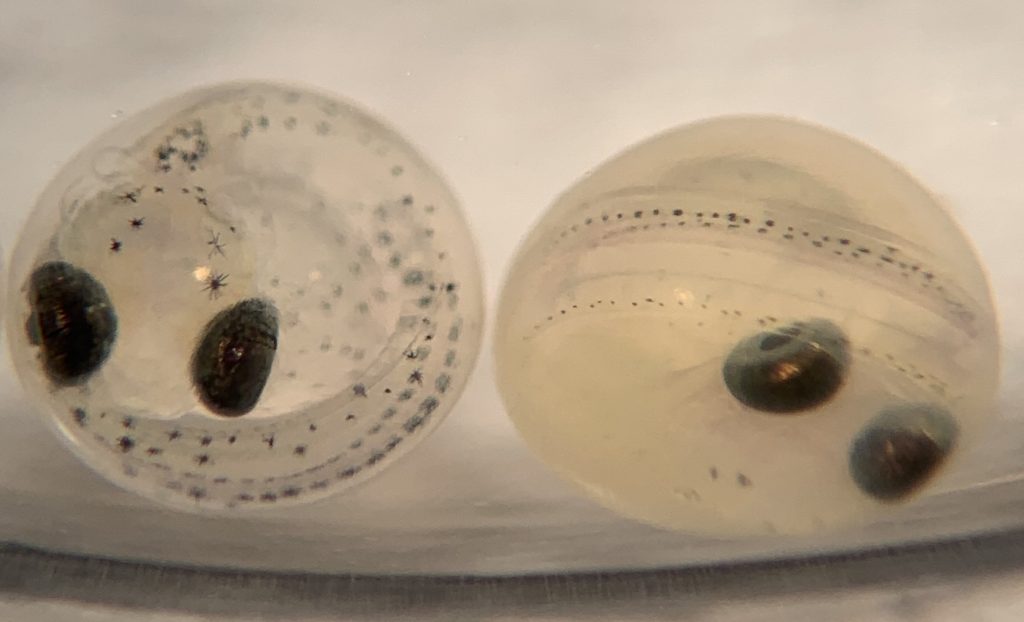
Lake Whitefish/Adikameg (C. clupeaformis)
Project lead: nikki berry, erin overholt, elizabeth mette
Lake Whitefish (Adikameg) have also undergone declining recruitment in Lakes Michigan and Huron. Reduced ice cover and dreissenid mussel-related declines in zooplankton prey for larval fish have likely both contributed to this decline. Interestingly, both reduced ice cover and mussel-induced increases in water transparency could expose early life stages of Lake Whitefish (Adikameg) to UV radiation. With funding support from the USFWS through the Great Lakes Fish and Wildlife Restoration Act and the help of numerous collaborators, we are investigating the role of UV in regulating the recruitment of Great Lakes Lake Whitefish. With the help of our tribal partners, we will use a Two-Eyed Seeing (Etuaptmumk in Mi’kmaw) approach, which combines the strengths of both Indigenous and Western ways of knowing, as a guiding framework.
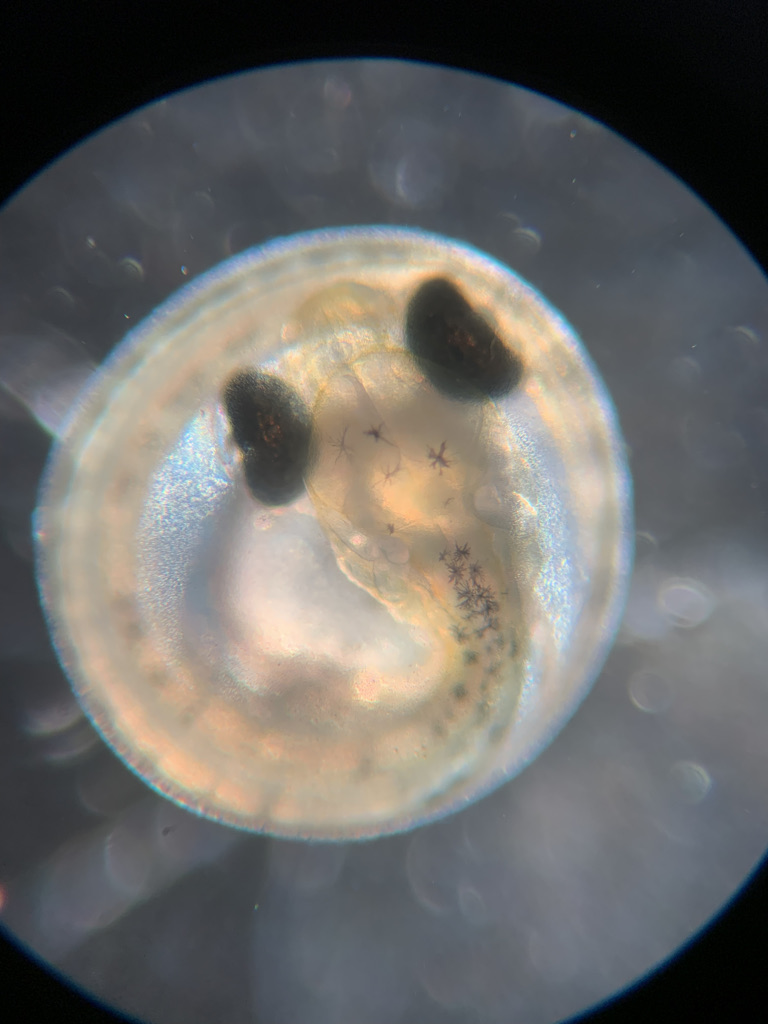
UV IN THE FOOD WEB
Bloody red shrimp (Hemimysis Anomala)
Project lead: addison zeisler, nikki berry
The invasive bloody red shrimp (Hemimysis anomala) has been found in the Great Lakes since 2006. Individuals are found in near-shore habitats, including in the shadow of piers, jetties or break walls. These locations also tend to have low UV transparency. Masters student Addison Zeisler is studying the UV tolerance of this species, which may help others to better characterize their abundance and distribution in the Great Lakes. Collaborators at NOAA GLERL were instrumental in the collection of organisms for these experiments.
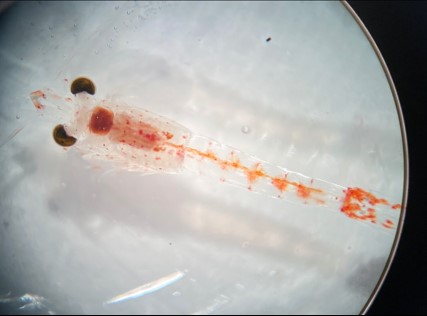
You must be logged in to post a comment.